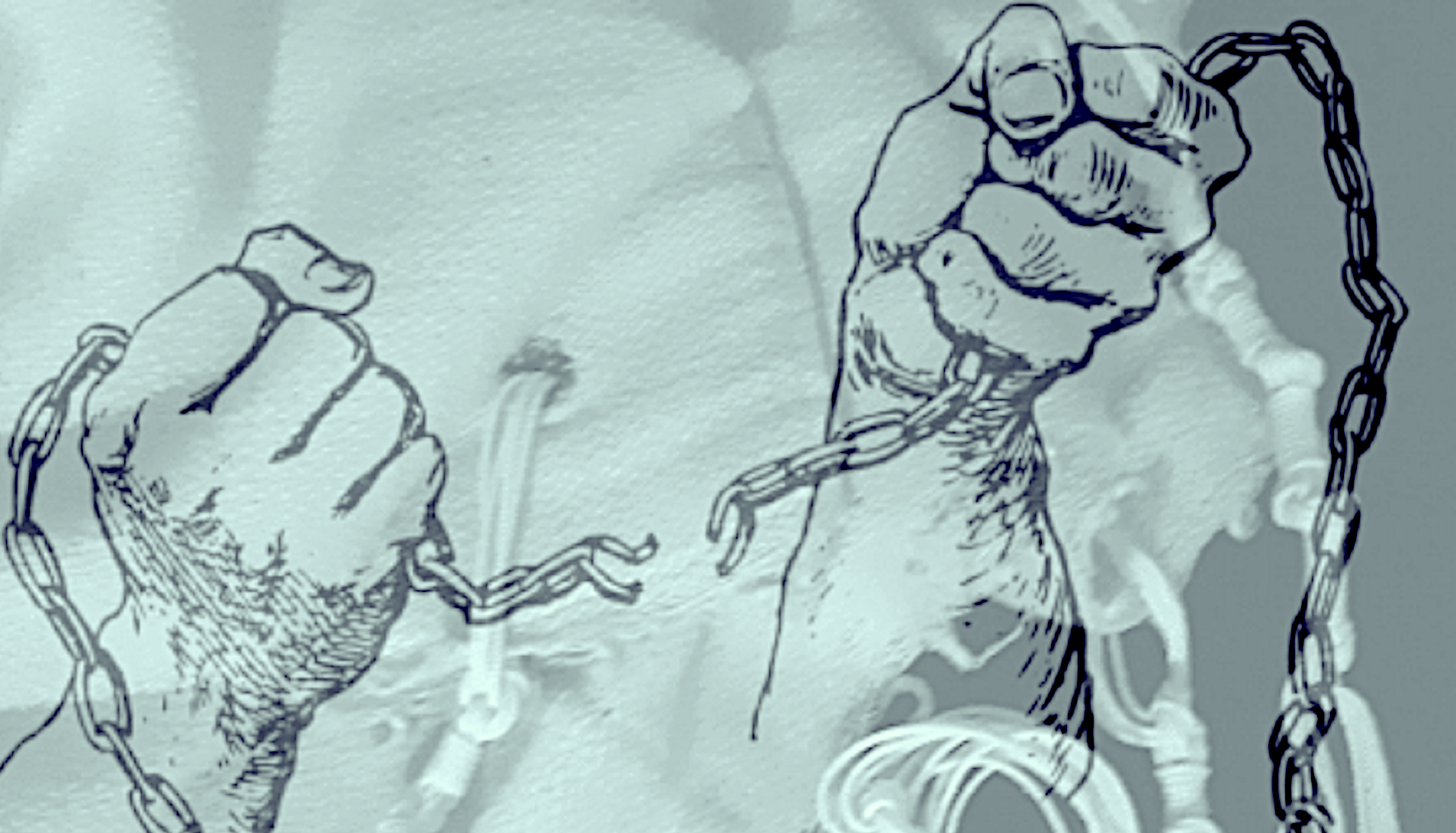Involving Inside Membership and Leadership
Matir Asurim strives towards collaborative decision making between inside and outside members, in which inside and outside members work collaboratively to build the organization. As of winter 2021, we acknowledge that input from inside members is currently lacking. We commit to developing more clear pathways for inside member involvement, which we hope to grow into participation in decision making. To do so, we are implementing:
- Direct outreach to interested leadership from outside organizers, partially in guidance with the inside/outside leadership guidelines. Build relationships with those organizing from the inside.
- Provide opportunities for those on the inside to participate in a range of decisions and actions. This includes but is not limited to:
- Mission vision and values feedback and consensus
- Branding, messaging and logo work
- Resources sharing and contributions
- Guidance on priorities of resources being provided
- Decisions to change governance
- Penpal guidance
- Building the network by distributing interest forms
- Create more frequent outreach to all members to give ample opportunity to provide feedback and cultivate leadership
Decision-making Assessment
We weigh several factors when assessing how to make a decision
- Impact & scale – how many members will be affected, and for how long?
- How are inside members affected and what is necessary to collect inside input? Resources – how much labor and financial resources will the decision take? Do we have members already willing to do the work?
- How time sensitive is the decision? Do we have a precedent for this decision?
The greater the impact of the decision (on members, resources, and finances), the more time will be allocated towards decision making, and more people will be involved.
For high-impact decisions: governance, mission and leadership
- A question will be raised by a member, this will usually include some assessment on the impact of the decision
- We will discuss the decision over multiple meetings and communication channels. This time can potentially include:
- Gather information and hone the question
- Ensure that as many voices are heard as possible, including communication with inside folks
- Produce possible outcomes/solutions from the decision/question and weigh the consequences of those outcomes
- Identify previous decisions that give precedent or inform the current decision
- Assess possible next steps and people to undertake that work
- Assign committee work to go on in between meetings
- Take notes and create draft documents
- Identify the trial period for the decision, when we will check back on how it’s going.
- Temperature check on what way people are leaning on the decision (ex: ask people for thumbs up, sideways, or down; lean yes or lean no)
- Come to consensus on a decision.
- Organizers in the discussion can vote: Yes, Block, Abstain
- Quorum for a consensus decision is ⅔ of the current core organizer list.
Lower-impact decision-making: management and projects
For management-level decisions, or decisions/projects that provide services from the outside-in, we may choose to employ some of the following modifications to the process:
- Delegate work to a committee and incorporate ongoing,
- Vote on committee-generated outcomes, effectively limited choice (less open-ended).
- Vote on a yes/no decision as opposed to a series of possible outcomes
- Long-term feedback from those on the inside (as opposed to a unitary information gathering period) (e.g. Holiday mailings).
- Condense the amount of time given to information gathering and voting
- Give warning that a decision will be made at an upcoming meeting, giving time for asynchronous feedback but ultimately taking a vote with those present.
- Generally speaking, a committee that has had work delegated with them are often empowered to make decisions on behalf of the group, so long as that is reported back in general meetings
Administrative work
Administrative work consists of the day-to-day work of Matir Asurim,including management of back-end data and information, platforms, and communication channels.
- Individuals and committees are empowered to make administrative decisions.
- Feedback on administrative work is welcome.
Objections and Raising Issues
Our work is always evolving and changing! We welcome questions and revisit our decisions anytime. Some decisions might include a trial period.

